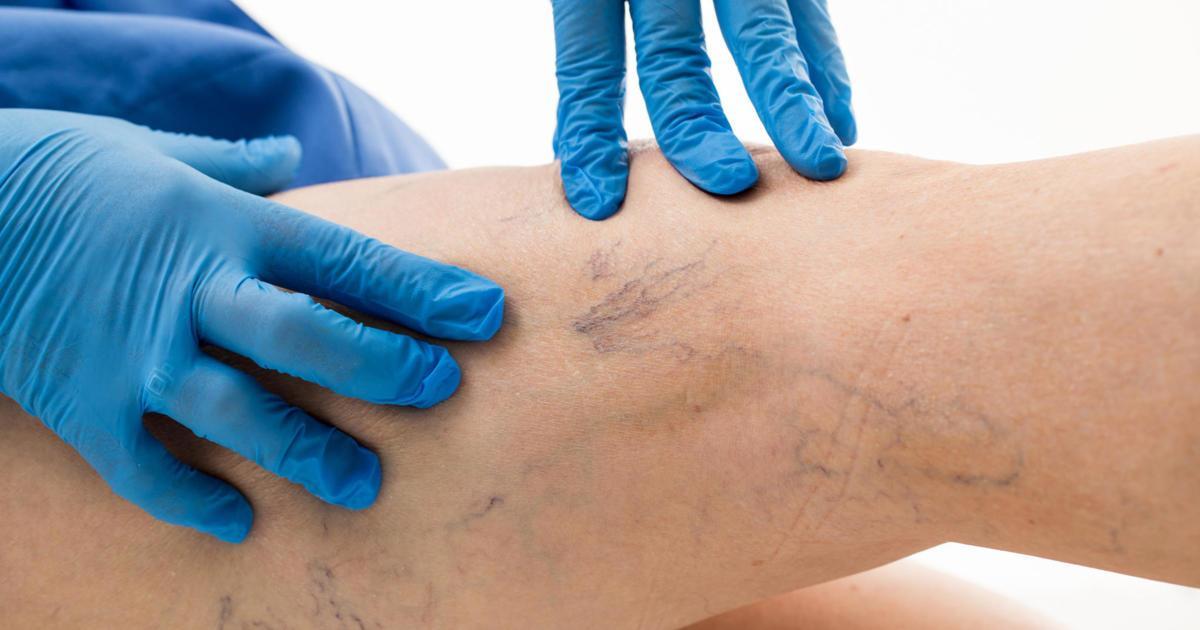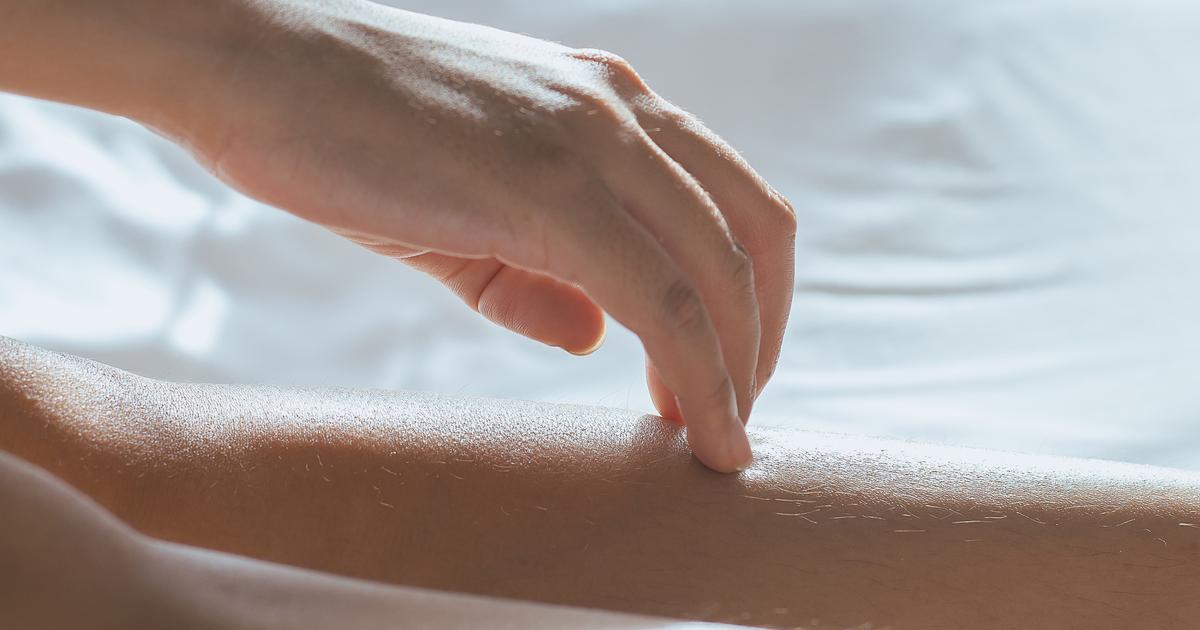Key Symptoms Of Varicose Eczema To Watch For
Varicose eczema, a type of eczema that occurs on the lower legs, is a chronic skin condition that most commonly affects individuals who have varicose veins. Other terms for the condition are stasis, gravitational, or venous eczema. Most patients experience varicose eczema as a long-term issue, and there's no guarantee it will ever go away or fully resolve. However, several treatments are available to help control it. The condition shares symptoms with all forms of eczema, but there are additional issues unique to this particular problem. If individuals see the warning signs of varicose eczema, they should talk to their doctor, who can often make a diagnosis by looking at their skin, though they may also refer them to a dermatologist.
Unveil the key symptoms of varicose eczema to watch for now.
Varicose Veins

Individuals with varicose eczema often have a prior history of varicose veins, which are enlarged and swollen veins that tend to occur on the feet and legs. They tend to have a twisted, bulging, or lumpy appearance, and they may range from blue to dark purple in hue. Unlike surface conditions like spider veins, varicose veins can cause problems beyond cosmetic issues. Patients might experience aching and heaviness in their legs, swelling in their ankles and feet, throbbing or burning in their legs, and cramping in their leg muscles. This cramping is often worse at night when trying to sleep. In addition, the skin over the bulging vein may be thin, itchy, and dry. Most patient's symptoms get worse after they stand for long periods or when the weather is warm. Walking around or resting and raising the legs can improve symptoms because it keeps fluid from pooling in the bottoms of the legs. Patients whose varicose veins don't cause discomfort might not need medical treatment.
Continue reading to reveal more symptoms of varicose eczema now.
Dry And Cracked Skin

As varicose eczema is one of many types of eczema, it has the same core symptoms every kind of eczema comes with. One of the hallmark symptoms of eczema is dry and cracked skin. A patient's skin might become flaky and seem to shed or be scaly as they walk around. They might constantly feel like they're itching away dry skin. It might also feel like they always need to put moisturizer on their legs. If individuals have eczema on any other parts of their body, the same might be true there. The dryness can get worse if patients are out in extremely dry conditions like desert heat or a blisteringly cold day.
Cracks in the skin can range from annoying to painful. When they occur in the legs, they might be accompanied by pain, itchiness, or potential bleeding. Symptoms may go through periods of getting better before becoming more severe. In addition to moisturizing the legs, some individuals recommend getting a humidifier to moisten the air, especially during dry winter months.
Discover additional warning signs of varicose eczema now.
